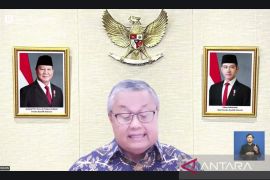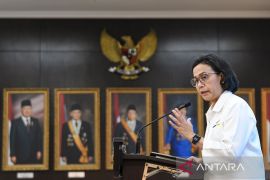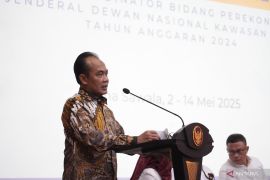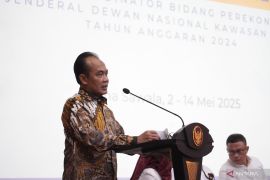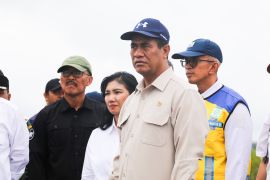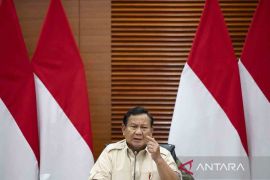"The process of recovery even already began in the third quarter of 2015," Deputy Governor of the Central Bank Perry Warjiyo said.Jakarta (ANTARA News) - A combination of four monetary stimulus would put the countrys economy on track to recovery, a Bank Indonesia executive said.
"The process of recovery even already began in the third quarter of 2015," Deputy Governor of the Central Bank Perry Warjiyo said here on Monday.
Perry estimated that in the last quarter of 2015, the countrys economy grew 4.9 percent after a growth of less than 4.75 percent in the previous three quarters.
The countrys economy grew 4.7 percent in the first quarter of 2015, by 4.67 percent in the second quarter and 4.72 percent in the third quarter, 2015.
He said the economy is expected to expand by at least 5.2 percent in 2016.
"Growth have been recorded in a number of major sectors such as construction, transportation and electricity sector," he noted.
He said the cut after 11 months in Bank Indonesia benchmark interest rate (BI rate) from 7.5 percent to 7.25 percent made complete three fiscal stimulus announced by the government earlier.
The first three stimulus were fiscal policy giving priority to in budget allocation to productive sector, structural reform by abolishing oil fuel subsidy and relaxation by the central bank of minimum reserve requirement and loan to deposit ratio (GWM LDR).
"Certainly , a surge is not to be expected in growth. But we are confident there would a steady growth. It think it is 5.2 percent this year," he said.
He did not rule out further relaxation of the monetary policy -- either a cut in interest rate or in liquidity provided that external pressure would recede and the countrys economy remained on track.
He said a number of indicators that could determine the direction of monetary policy are improving such as inflation, which is predicted to be around 4.3 percent this year.
The oil price fall would also have positive impact on the administered price of goods.
"The countrys current account deficit is estimated to be around 2.6 percent of the Gross Domestic Product. It is still safe below 3 percent," he said.
The economic recovery would also contribute to rupiah stability, he said, adding he was confident rupiah value would be stable in the first half in 2016 and would regain lost value in the second half.
The government and Bank Indonesia set macro indicator targets with inflation at 4.3 percent, economic growth at 5.2-5.6 percent and rupiah value at the level of 13,900 per U.S. dollar.(*)
Editor: Heru Purwanto
Copyright © ANTARA 2016
